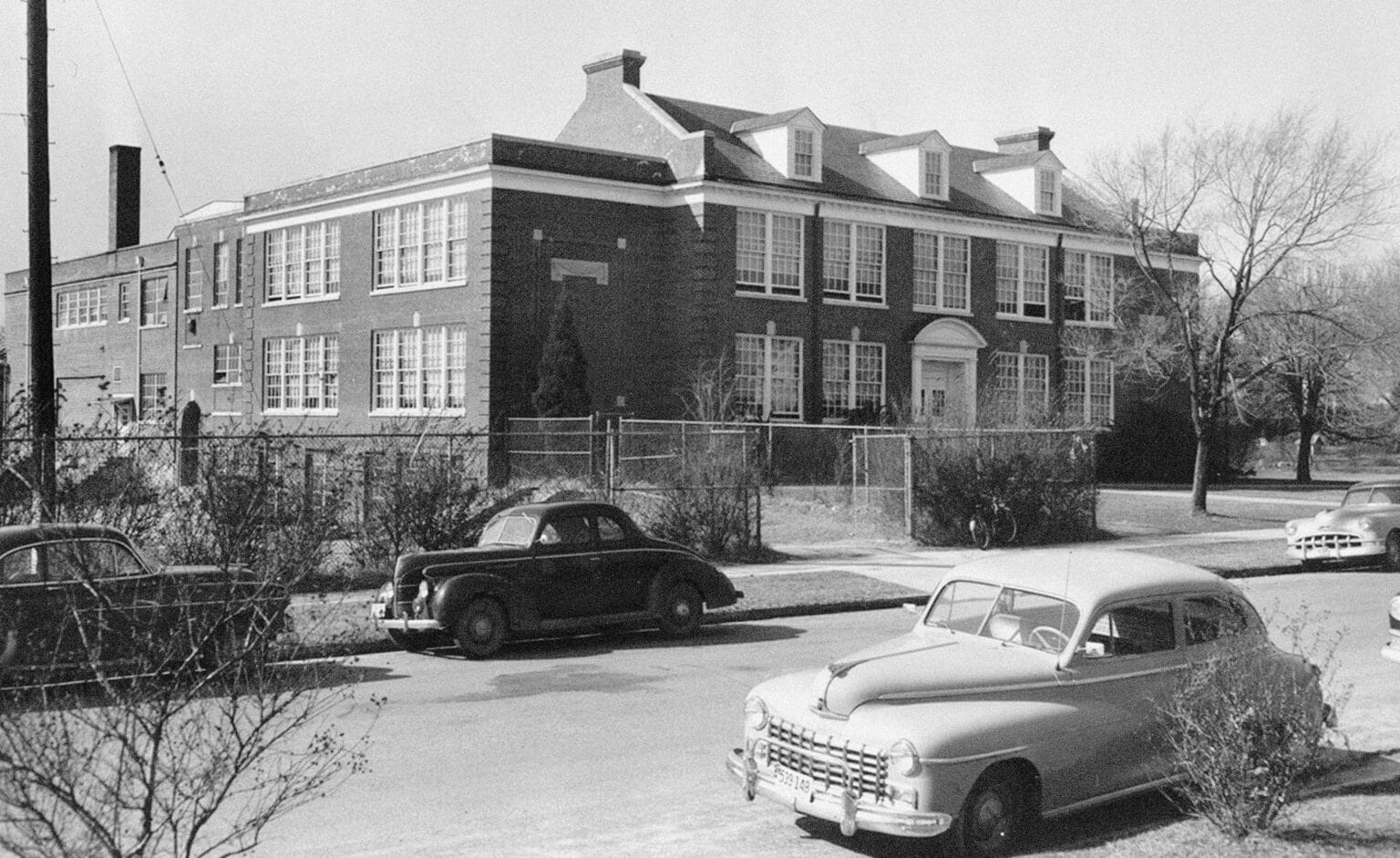RESOURCES
PLACES
Farmville High School
Farmville High School, located in Farmville, Prince Edward County, Virginia, was a segregated public school exclusively serving white students. Like many public schools in the South, it embodied the system of “separate but equal” that enforced racial segregation in education. While Farmville High was well-funded, maintained, and equipped for white students, the separate facility for Black students—Robert Russa Moton High School—was starkly unequal. Moton was overcrowded, underfunded, and constructed with inferior materials, including plywood structures dubbed “tar paper shacks” to house its overflow students.
This glaring disparity became the catalyst for one of the most significant student-led protests in the civil rights era. On April 23, 1951, a 16-year-old Moton student named Barbara Johns secretly organized a strike with fellow students to protest the unequal conditions at Moton. The students demanded a new school building and equal educational opportunities. While Farmville High School symbolized the privileges afforded to white students in the segregated system, Moton’s students demanded to be treated with the same dignity and respect.
The strike lasted for two weeks and drew the attention of NAACP lawyers Oliver Hill and Spottswood Robinson. Initially hesitant to intervene, the NAACP agreed to take the case—on the condition that the students and their families would support a legal challenge for integration rather than merely better facilities. This led to the landmark case Davis v. County School Board of Prince Edward County, which was the only student-initiated case among the five combined into the U.S. Supreme Court’s Brown v. Board of Education decision in 1954.
Farmville High School remained at the heart of the legal and moral debate over desegregation. After the Brown ruling, Prince Edward County chose to resist integration entirely. In 1959, it became the only school district in the country to shut down its entire public school system rather than integrate. While many white students were often able to attend private segregation academies like Prince Edward Academy (established with public support), Black students were locked out of formal education for five years. During the school closing, churches, including First Baptist Church and others, served as makeshift schools for displaced Black students.
Farmville High School, during this time, served as both a symbol of white resistance to integration and a reminder of the institutional barriers Black students faced. It was not until 1964, under intense national and legal pressure, that the county reopened its public schools and began the process of integration. Farmville High School would eventually be desegregated, but the memory of its role in the broader resistance to equality remains part of the community’s historical reckoning. The contrast between Moton and Farmville High continues to serve as a powerful reminder of both the injustices of segregation and the courage of the students who stood up to challenge it.
